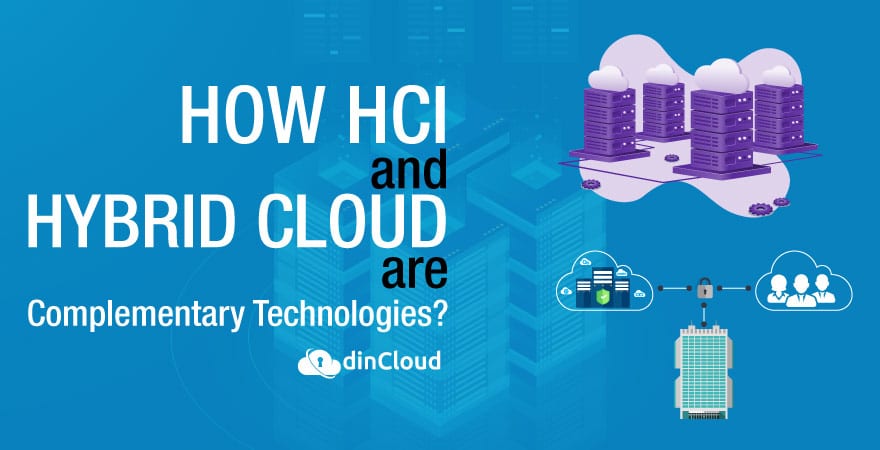Enterprises across the globe are looking for technology solutions that offer the maximum agility and flexibility. The overall cost effect, both in terms of deployment and long term ownership, is also a major consideration.

Hyperconverged Infrastructure or HCI is again emerging as a strong go-to choice for enterprises in a wide range of industries. An HCI deployment unifies the elements of storage, network and compute into a single platform.
This approach to scaling up your IT infrastructure offers a lot of advantages over legacy systems that are built piece by piece. When you piece these core infrastructure elements together, you are mainly creating a lot of operational ease.
Related: After Hybrid and Multi Cloud, Distributed Cloud is Next
Deploying and managing a single technology stack represents a very pragmatic approach, which also aligns well with the overall environment right now. Perhaps the most pronounced advantage of HCI lies in the realm of data center management.
This works to the advantage of both Cloud Service Providers (CSP) like dinCloud and enterprises that want to deploy cloud enabled data centers on premise. Presently, a need to remain on premise is large due to sensitivity of workloads or regulatory limitations.
HCI Accelerates Digitalization
This is yet another sub-domain where HCI works to the advantage of enterprises. Recent studies have lent support to the notion that a well-orchestrated HCI also accelerates digitalization initiatives within organizations.
In addition to accelerated digitalization, HCI also tends to save costs for enterprises because they no longer have to provision stand alone IT infrastructure. It is estimated that the global HCI market in the year 2020 was valued at around US $7.8 BN.
By the year 2025, it is estimated that the total spending on HCI will surpass the US $27 BN mark. This is a significant growth trajectory, especially in the backdrop of struggling global economies and things aren’t that good for enterprises right now as well.
Related: How to Manage Hybrid and Multi Cloud Environments?
How HCI Supports Cloud Computing?
It wont be overrated to say that HCI is in fact a technology that complements cloud computing solutions. The single most common denominator between the Cloud and HCI is the capability of virtualization.
To lend further support to this trend, the Enterprise Cloud Index (ECI) has found a positive correlation between HCI and adoption of the Hybrid Cloud. You can consider hybrid cloud as the sweet spot between full-on public cloud and an exclusive private cloud.
An overwhelming 69% of ECI respondents which relied on the hybrid cloud had already deployed HCI, or were already in the process of doing so. The status of HCI has been elevated from a cost saving technology to an enabler of hybrid and multi cloud solutions.
Consistently over the past three years, somewhere between 85 to 91% of ECI respondents have declared hybrid cloud as their most preferred deployment model. HCI is a technology that fully lends support to such hybrid or multi-cloud structures.
Now, we are witnessing an increasing adoption of HCI even by public cloud providers. By leveraging HCI, many such cloud service providers are able to deliver superb agility, flexibility and scalability to their users at a very manageable price.
Feel free to Contact dinCloud for secure and scalable cloud solutions that can meet your existing as well as upcoming IT needs.


